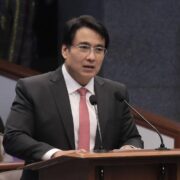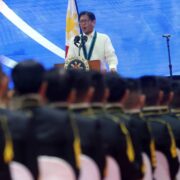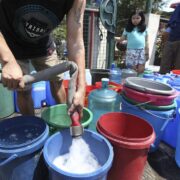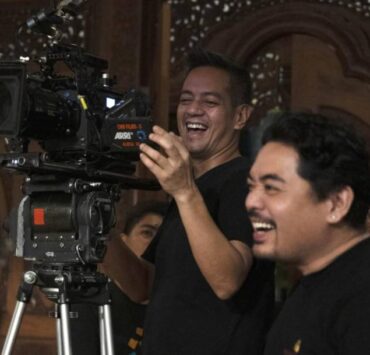A family torn by revolution
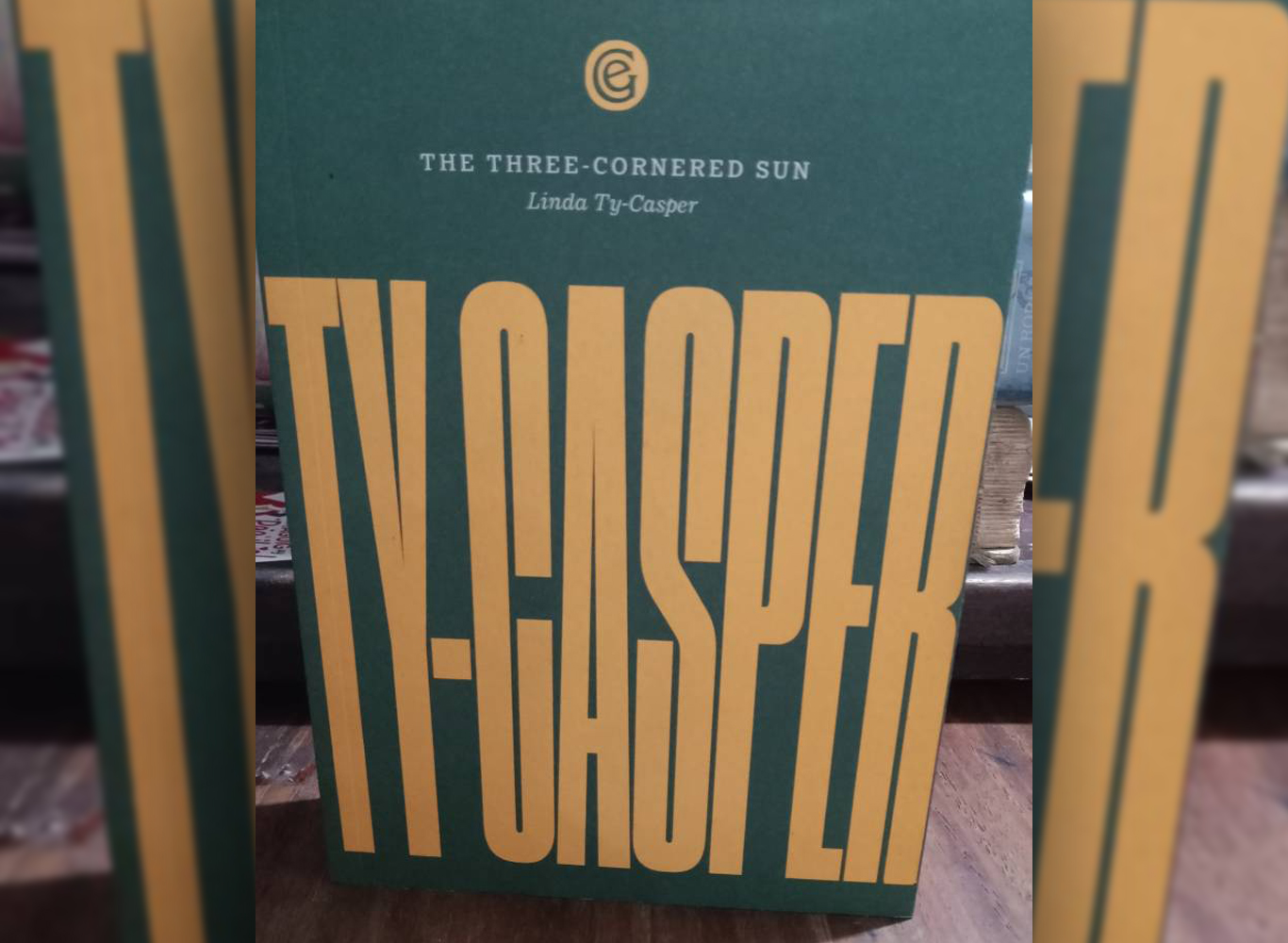
Linda Ty-Casper was the wife of the American literary critic Leonard Casper, an authority on Philippine literature in English who taught for a time at the Ateneo Graduate School. She took up law at the University of the Philippines and Harvard, but while in the United States on a scholarship, she began to read widely on the scholarly books on the Philippine revolution. The material was biased and erroneous often, so she decided to set the record straight, using the novel as her platform.
Her first book was the novel “The Peninsulars” (1964), about 18th century Philippines, which turned out to be a trilogy: “The Three-Cornered Sun” (1979), about the Philippine revolution against Spain in 1896; and “The Stranded Whale” (2002), the focus now on the start of the Philippine-American War.
Ty-Casper, 93, a resident of Massachusetts, USA, has written many other books, but it is the second novel in the trilogy, “The Three-Cornered Sun,” which engages our attention because it has just been published by Exploding Galaxies in a new edition, with a new preface by the author and a foreword by Manuel Quezon III.
The touchstones of this novel, Ty-Casper writes, are the memories of the 1896 revolution of her grandmother, Gabriela Paez Viardo de Velasquez. And “characters of fiction reenact history, the main protagonist.” Significantly, the members of the fictional family through whose eyes the events unfold are also surnamed Viardo.
As Hemingway famously said once, “we invent from what we know.”
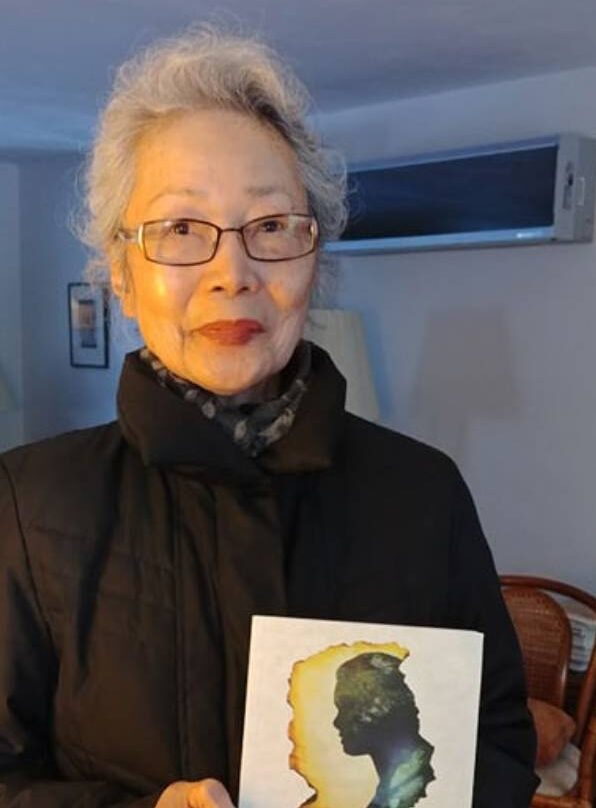
Reformer, revolutionary
The Viardos are landed gentry from Jaen, Nueva Ecija. There’s Simeon, the disillusioned reformer who has just returned from the fruitless propaganda campaign of Rizal and Del Pilar in Madrid. His son Fermin is a special child, his mother blind and barely alive. Nephew Cristobal is a radical, a revolutionary who has thrown his lot with Bonifacio, then with Aguinaldo (who are peripheral figures in the novel); his men call Aguinaldo teniente abanderado.
Cristobal is the main protagonist; he is aware that his family is part of the unjust tenancy system. His father Blas is a charming rogue who bets in the bullring, an opportunist who plays both sides, contributing to the revolutionaries (called insurrectos by the Spanish authorities) while staying in the good graces of the government and the friars.
Brother to Simeon and Blas is Angel, the workhorse of the family, small and diminutive, dominated by his wife Victoria, corrupt and unpleasant, who keeps the family afloat with bribes and contraband, with Angel complicit. And there is their son Leon, who has attended a military academy in Barcelona, arrives in Filipinas, and joins the new, raw conscripts from the peninsula.
Thus, he and first cousin Cristobal are on the opposite sides of the conflict which started in August in The Year of Our Lord 1896, the fatal year, a revolution from the point of view of the Filipinos (Rizal being “the First Filipino,” according to his biographer Leon Ma. Guerrero) and an insurrection as claimed by the Spaniards (the Castila).
The tide turns
Cristobal took part in the first battle of the Katipunan in San Juan, under Bonifacio, was wounded, then makes his way to Cavite, where town after town falls to the forces of Aguinaldo. Cristobal almost meets with Leon on the battlefield but gunfire from both sides averts this: “In the land no longer as tender as their memories, each had become both stranger and enemy.”
So it is not just the Filipino vs. the Castila and their divide-and-rule tactics but Filipino vs. Filipino, family against family, brother against brother, Bonifacio against Aguinaldo. And martial law has been inflicted upon the land.
Things fall apart, the center cannot hold. And yet the sun is setting on the last Spanish stronghold in the East, and a new imperialist power looms in the background. Since this is a novel about history, perhaps the last word should be given to a historian, Ambeth Ocampo: “I regret judging Ty-Casper’s ‘The Three-Cornered Sun’ from its cover when it was first published in 1979. Given a new lease on life, the novel speaks to a new generation that will hopefully ensure that the present (and hopefully the future) will stop reading like the past.”
Available in leading bookstores, Lazada, and Shopee.






